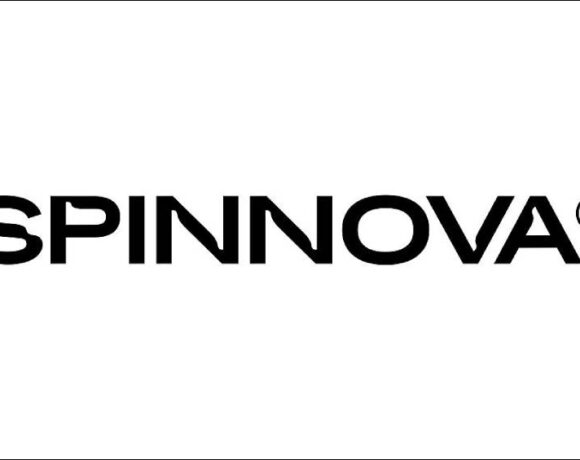Micromanagement: An Enemy Of Sustainability

People resort to micromanagement as they feel insecure and because of the fear of losing control. Sometimes they don’t know how to delegate work to the apt person, writes Murugan Santhanam
I could literally feel the breath on my neck—a sensation that sent shivers down my spine. For a fleeting moment, it gave me goosebumps. I turned my head to find him there, my boss, peering over my shoulder as I worked diligently at my computer monitor.
His giggle broke the silence. “I was just checking whether you’re doing the calculations right,” he said. His eyes bore into mine, and suddenly, I felt like a student taking an exam under the watchful gaze of a stern teacher.
‘What a man he is,’ I thought, frustration bubbling up. ‘Why can’t he wait a little longer to see my final report?’. But I dared not voice my inner turmoil. Instead, I fumbled with the numbers, my mind racing to correct any errors.
And there it was—the dreaded revelation: I had overlooked the depreciation amount in the cost calculation. My boss, like a hawk, swooped in. “Devil is in the details,” he quipped.
I corrected the mistake, but it didn’t end there. He pointed out another flaw and another. It felt as though I was transcribing the report based on his dictation.
This wasn’t an isolated incident. He hovered over my work, checking my progress, and scrutinizing every decision. Many follow-up reports from him never reached me without his urgent notes: “For immediate action,” “Reply immediately.” But with everything labelled urgent, how could we prioritize effectively?
Soon, it became so contagious that I too began behaving like this toward my subordinates.
I still remember an incident in which one of my team members, fuelled by frustration due to my micromanagement, had deliberately caused a machine breakdown. All because he just followed my instructions, even though he knew it would result in trouble.
On another occasion, closely following the delivery schedule, I instructed my subordinate to complete the production of a lot within two days at any cost. He successfully(?) completed that lot by producing very small bobbins at simplex and increasing the number of ring frames. It not only affected the productivity at the ring frames in the following days but affected the completion of other lots and fetched complaint of too many splices and faults in the yarn.
I learnt the perils of micromanagement through expensive lessons.
As far as I know, people resort to micromanagement as they feel insecure and because of the fear of losing control. Sometimes they don’t know how to delegate work to the apt person.
In my experience, I understand that things will be done better when we allow our subordinates to follow their ways. When every detail is scrutinized, creativity takes a hit. Employees become hesitant to propose innovative ideas.
We must remember that constant interference disrupts workflow. It’s like trying to dance while someone keeps adjusting your steps.
Ironically, micromanagement can lead to lower productivity. Employees spend more time reporting and less time doing. The workers would shift their responsibilities to the boss who ultimately breaks down.
Our personal space is like an invisible bubble around us. When someone stands too close, especially behind us, it feels like they are invading that space. This triggers a natural response of discomfort.
Conclusion
So, in a nutshell, micromanagement isn’t just stifling; it’s unsustainable. When leaders breathe down their team’s necks, creativity suffocates and innovation withers. Trust erodes and morale plummets. A sustainable business thrives on autonomy, empowerment and a shared vision. Micromanagement? It’s the weed that chokes growth.
So, let’s break free from this cycle. Empower our team, trust their expertise and watch sustainability flourish. After all, a leader’s true strength lies in letting others shine.
(Murugan Santhanam is the Managing Director of Texdoc Online Solution Pvt. Ltd.)















